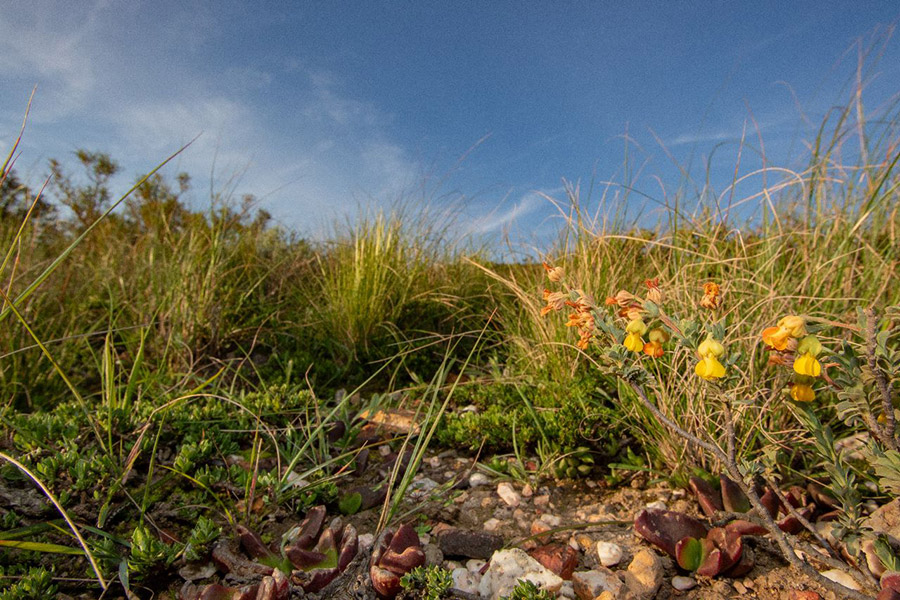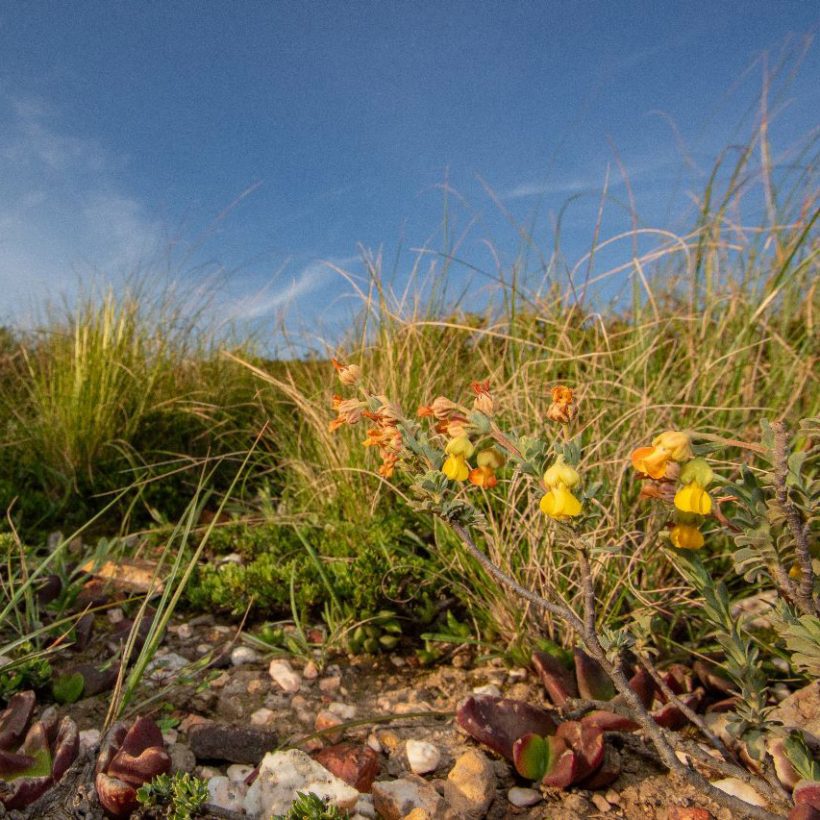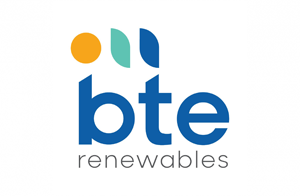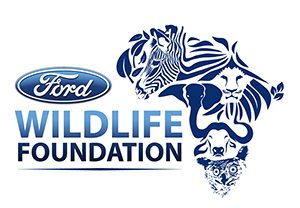By Grant Forbes, ORCT Conservation Manager
Ecosystems, a particular area defined by its biotic and abiotic factors, can be damaged, suffer degradation or even be irreversibly destroyed. As the human footprint expands, as a direct result of our need for survival as well as our insatiable greed, our impact on ecosystems is increasing exponentially.
Over the last century, the loss of natural areas has increased at a rapid rate, and this hasn’t halted yet. This is the result of a suite of factors, including industrial and housing developments, agriculture, unsustainable use of natural resources and the spread of invasive species. About 40% of the earth’s surface has been destroyed or degraded, we have lost about 67% of our wildlife and 3.2 billion people are impacted as a result of our own actions.

Global interventions required
Restoration of ecosystems is needed globally. Historically, restoration focused on the recovery of transformed areas like old agricultural lands or decommissioned mines. These would include activities to help the system regenerate and create suitable conditions for macro and micro-organisms to return and the abiotic process to ‘restart’.
Today, however, restoration ecology considers a wider range of activities. The United Nations, as part of their Decade on Ecosystem Restoration (from 2021-2030) highlights our need to prevent, halt and reverse the degradation of ecosystems on every continent and in every ocean. In fact, the first rule of restoration is to do no harm – a key principle of our ORCT work. But once that first rule is broken and existing habitat has been impacted, then restoration can be as simple as removing invasive plant species, reintroducing a lost process like fire or grazing, or as complex as landscape engineering to repair, for example, severely eroded areas.

Long-term recovery
Interventions may catalyse the recovery process but full recovery to its new or preferred state will take years, even decades to centuries. Restoration creates the platform for recolonization but we can never step away – outside factors like climate or other anthropogenic impacts might call for a reassessment of the process in order to adapt or implement additional activities during the restoration period. Therefore, restoration continues as the ecosystem recovers.
Above: Restoration work at Uitvlught Easement site.
Restoration and conservation go hand in hand. Conservation of our natural environment needs to continue as we look at restoring areas to support ecological processes and functioning. This is of particular importance in severely threatened and degraded ecosystems such as the Overberg, where extensive levels of degradation and transformation occurred. As humans, we need to take responsibility for the wrongs of the past and give priority to the preservation of virgin land, and the restoration of degraded ecosystems and transformed areas. This is crucial for the survival of humanity.

Above: Alien clearing work at the Cape Agulhas Municipality Easement site.
In the Overberg Rûens, the ORCT works in partnership with the custodians of renosterveld to implement crucial management interventions which support restoration. The stewards of renosterveld, the Overberg farmers, are key partners to the vision and mission of the ORCT and the conservation and restoration of Critically Endangered Overberg renosterveld. This includes the management of grazing and fire as landscape drivers, the eradication of invasive species and the restoration of degraded watercourses and other areas to establish corridors which connect remnants and facilitate the movement of wildlife and preserve ecological integrity.

Above: Moraea fergusoniae
Our sincere thanks to WWF South Africa and BTE Renewables for their support to our restoration efforts. And thank you also to the Ford Wildlife Foundation, for their ongoing support via a Ford vehicle.













